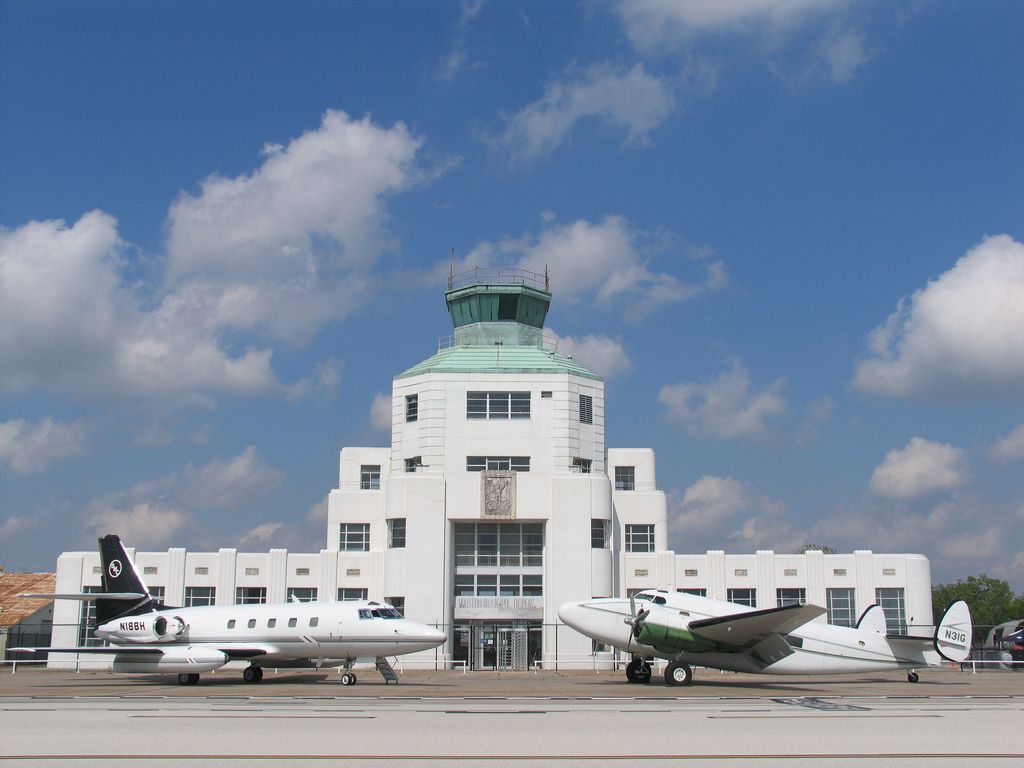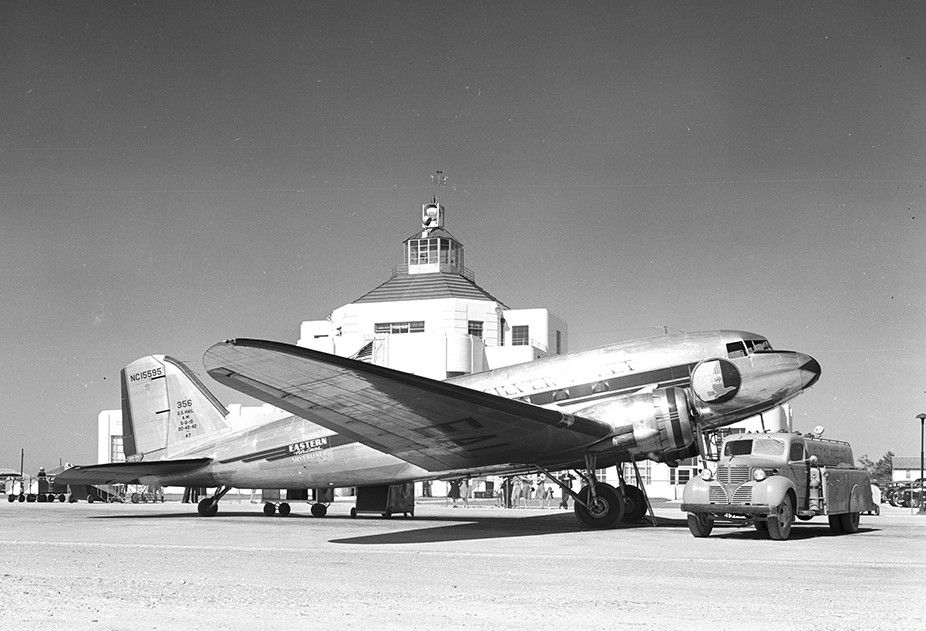The 1940 Air Terminal Museum is an aviation museum located at the William P. Hobby Airport in Houston, Texas. The museum building was once a terminal for passenger flights in Houston. Today, it is now home to several artworks that is related to Houston’s civil aviation history. In this article, we will know more about the history of this iconic museum in Houston.
History
The museum is located in the Houston Municipal Airport Terminal building. The building where the museum sits is one of the few surviving examples of art deco styled airports from the 1940s. It served as Houston’s airport terminal during the years when air travelers always aimed to dressed in their best while they embarked for destinations aboard. The building was designed by an architect named Joseph Finger, the man who designed Houston’s City Hall. Finger said that the terminal design aims to meet the City of Houston’s growing role as a midpoint of air commerce during the late 1930s.
Up until 1954, the terminal served as Houston’s only commercial air terminal. Subsequently, the place was used by different tenants until 1978. That same year, the Hobby Airport manager, James Delong, laid down his proposal, which states that they would demolish the 1940 terminal to free up some ramp space. However, enthusiasts decided to block the demolition. That is why the terminal was left unoccupied for over 20 years.
Renovation
The City of Houston saw how the residents loved the terminal. That is why they decided to alleviate the exterior of the building. With the Houston Aviation Alliance’s help, they both worked hard to save the terminal from demolition. The Houston Aeronautical Heritage Society, a nonprofit organization, was formed to help keep the threatened terminal building. The HAHS noticed that renovation and the funding for the museum must be completed in phases. That is why the HAHS came up with a plan to restore the building over time carefully.
In late 2003, the contractors completed the asbestos and led the reduction of the terminal’s north wing. This reduction process stripped the original plaster from the interior walls, and it left the non-loadbearing tile curtain walls of the terminal unbroken. The terminal’s north wing was opened to the public in 2004, and it was considered the museum’s first phase. This part of the facility is where you can see the museum’s first collection as well as a gift shop. This part served as the 1940 Air Terminal museum’s base of operations while they gathered funds to restore the remaining parts of the terminal.
In 2008, the asbestos reduction of the rest of the building was completed, and the following year, the atrium and mezzanine reconstruction was finished. After that, the full lower floor was restored to its original condition. After the renovation of the lower floor was completed, they decided to move the museum’s collection and the gift shop over there as they renovated the upper floors.
After all the renovations were finished, the 1940 Air Terminal Museum was finally fully operational. Since then, it has received several awards like being hailed as a Historic Aerospace Site by the American Institute of Aeronautics & Astronautics and a Good Brick Award for its excellence in preserving the site. Aside from that, the Houston Press declared the terminal as one the Best Piece of Aviation History.
What to See in the 1940 Air Terminal Museum
- The Aviation Meteorology and Air Traffic Control Galleries – This part of the museum will find vintage weather and ATC equipment like radios, teletypes, weather charts, light guns, and navigational maps. The galleries also tell Houston’s aviation history and the history of learning to fly.
- The Children’s Dream of Flight Gallery – This is where you can find vintage aviation games, toys, books, and an aviation play table. There is also a reading library to inspire young visitors to dream of flight and learn about its history.
- The Aviation Heritage Gallery – This is where you can see exhibits on the Douglas DC-3, such as the original oil paintings that were done by Jonathan Frank.
- The Airline Galleries, Hall of Flight, and Starliner Theater – This is where you will find stunning period photographs, original aviation art, uniforms, artifacts, outstanding scale aircraft models, memorabilia, and documents from several airlines.



